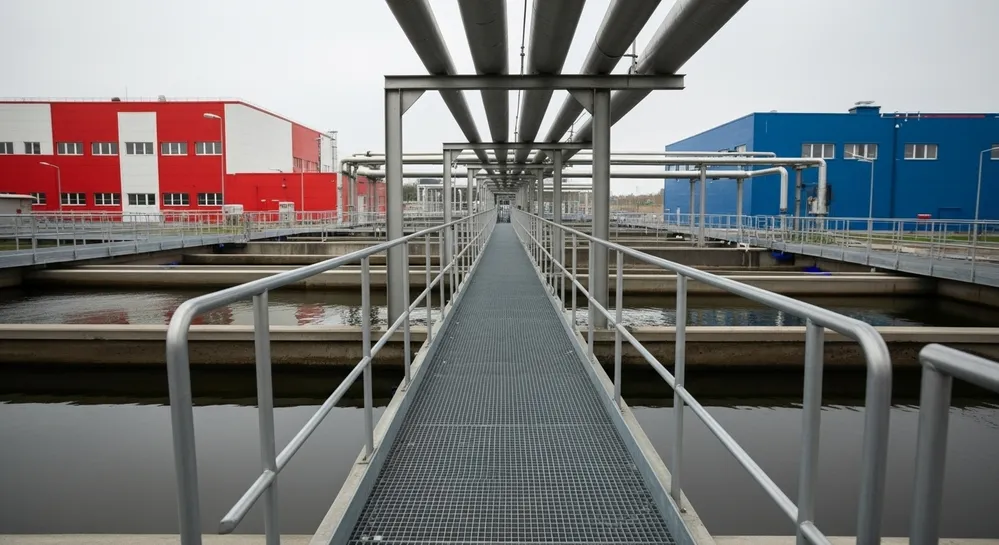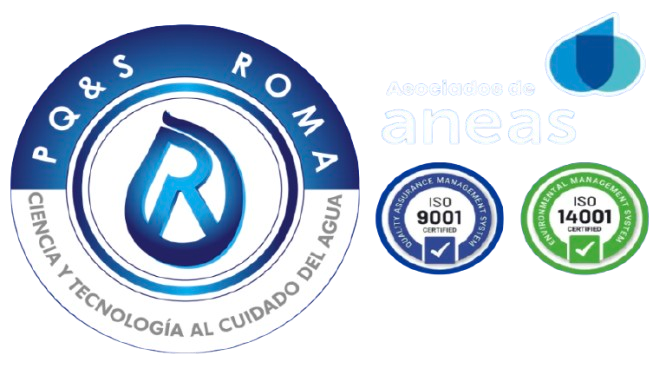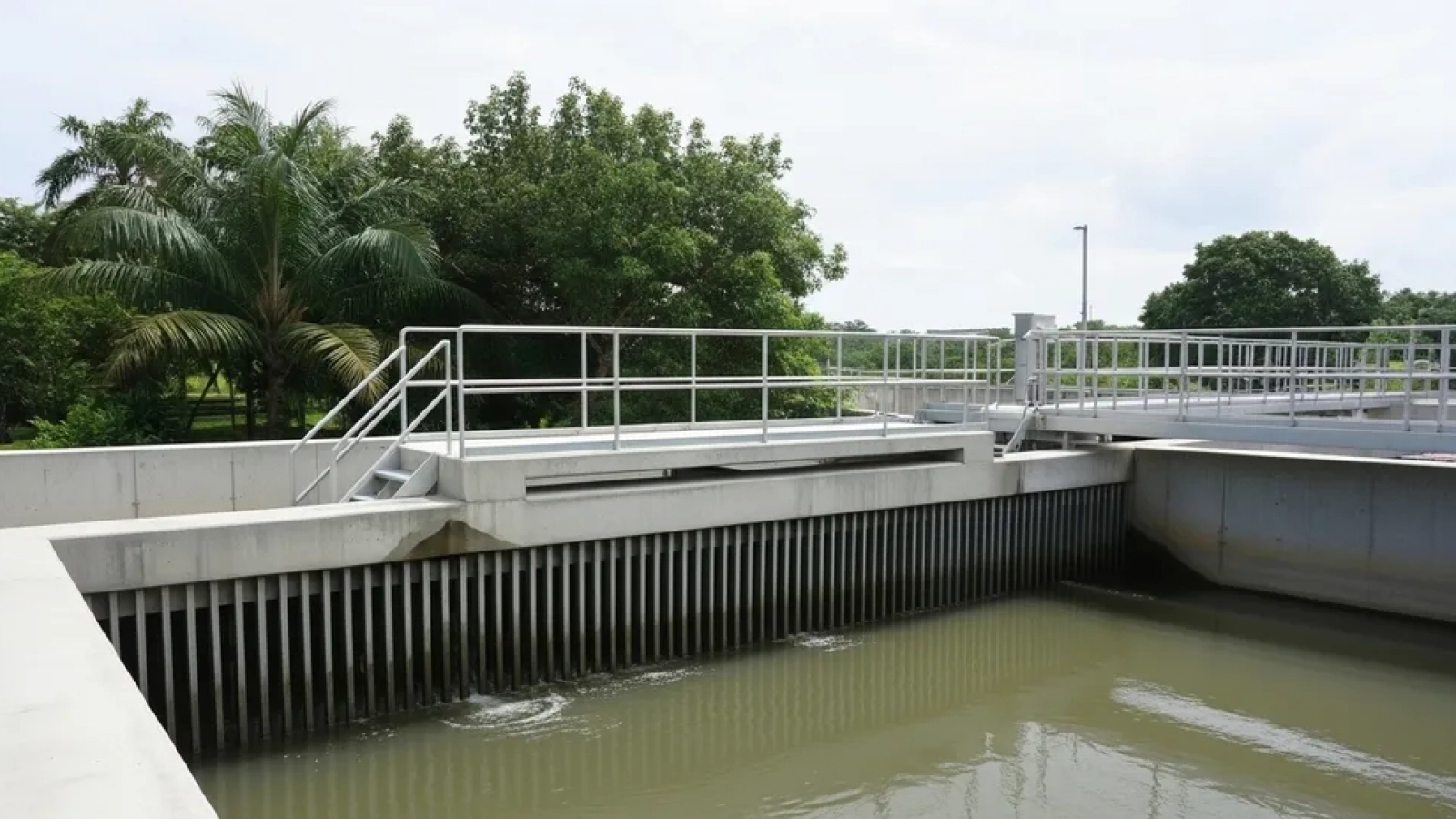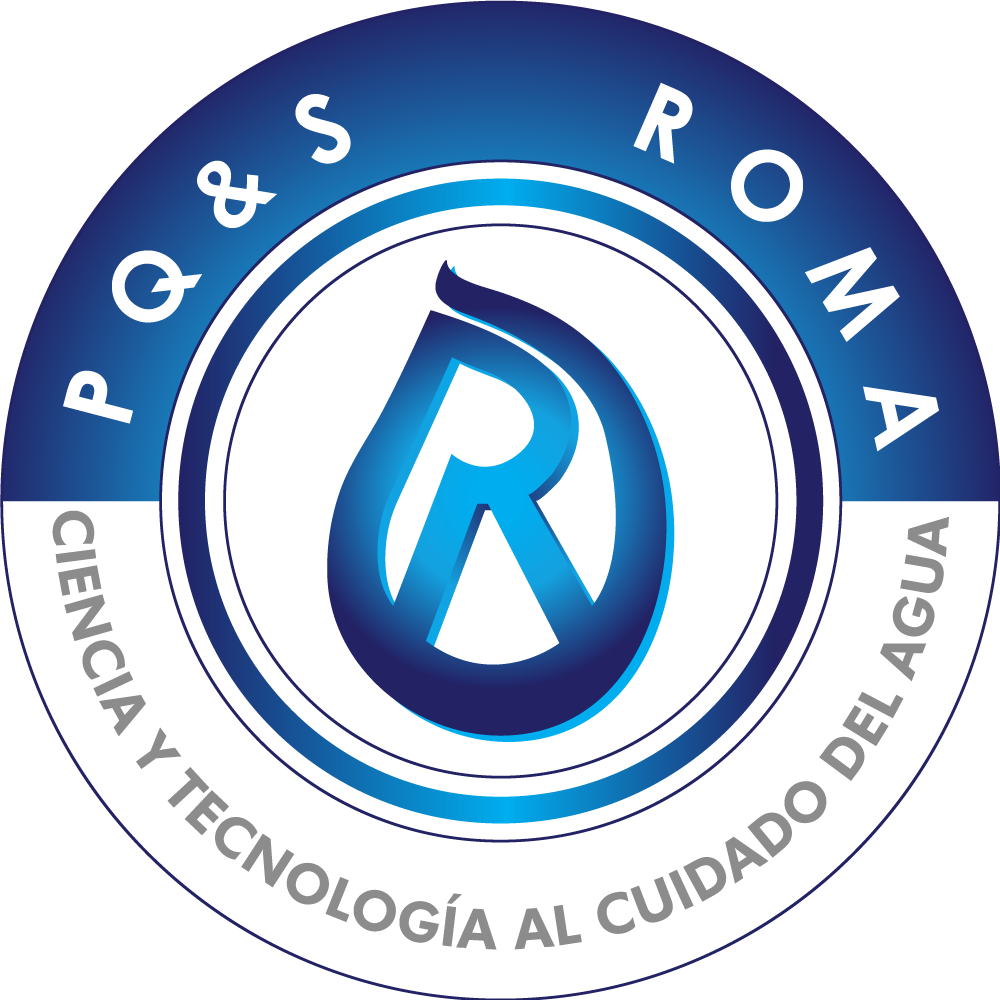Wastewater pretreatment is a fundamental phase that precedes any other process in a treatment plant. Although often underestimated, proper execution is the key to ensuring efficiency, safety, and long-term system performance. Its main goal is to remove coarse solids, sand, fats, and oils that, if not eliminated, could damage machinery and compromise subsequent treatment stages.
What Is Pretreatment and Why Is It Vital?
Pretreatment consists of the preliminary removal of undesirable components before wastewater enters the primary, secondary, and tertiary treatment stages. This step helps prevent blockages, reduce mechanical wear, and extend the lifespan of pumps, pipes, and other high-value equipment.
While handling solid waste can be an unpleasant task, the benefits far outweigh the drawbacks—resulting in lower operating costs and a significant reduction in failures.
1. Screening: The First Line of Defense
Screening is the initial and simplest stage of pretreatment. Its function is to retain coarse solids such as rags, plastics, branches, and stones. The choice of screening type depends on the size of the solids to be removed and the wastewater flow rate.
There are several types, ranging from manual screens for small facilities to automatic and specialized screens for large industrial plants:
- Bars and grids: With openings ranging from 6 mm to over 100 mm.
- Perforated or belt plates: Highly efficient in retaining even small solids.
Rotary drum or screw-type screens: Compact equipment that combines solid separation with compaction and dewatering.
2. Grit Removal: Protection Against Abrasion
Grit removal eliminates sand, gravel, and other abrasive materials. If not removed, these materials can cause premature wear in pumps, valves, and other moving parts. They may also settle in treatment tanks, reducing capacity.
The most common grit removal systems include:
- Horizontal flow chambers: Long channels where water velocity is reduced enough for sand to settle by gravity.
- Aerated grit chambers: Air injection creates a spiral flow pattern that helps separate sand and other solids.
- Vortex-type systems: Use tangential flow to create a vortex that concentrates and removes sand.
The amount of grit removed depends on soil type and sewer system conditions, but efficient grit removal is essential for maintaining system health.
3. Grease and Oil Removal
Fats, oils, and greases (FOG) are present in almost all wastewater—especially from industrial and food service sources. These compounds, in addition to being difficult to oxidize, can adhere to equipment, reduce aeration efficiency, and hinder sludge dewatering.
Common removal methods include:
- Grease traps: Containers that cool the water, allowing fats to float and be manually removed.
- Oil separators: Devices that use density differences to separate floating oils.
- Dissolved Air Flotation (DAF) systems: An advanced method that injects microbubbles of air into the water. The bubbles attach to oil and grease particles, causing them to float to the surface for skimming.
4. Wastewater Equalization
An equalization tank is a smart investment for plants receiving wastewater with large variations in flow or contaminant concentration. Its function is to regulate and mix wastewater, preventing organic load peaks that could harm biological treatment stages. By evening out these fluctuations, chemical use is optimized, and odor generation is minimized.
Conclusion
Wastewater pretreatment is not optional—it’s an operational necessity that ensures the success of the entire sanitation system. Through the proper implementation of processes such as screening, grit removal, grease elimination, and equalization, equipment is protected, overall efficiency is improved, and a more sustainable and cost-effective operation is achieved.
At Químicos Roma, we provide solutions and products to optimize every stage of the wastewater treatment process.
Contact us to discover how we can help you design a more efficient and long-lasting system.






Add a Comment